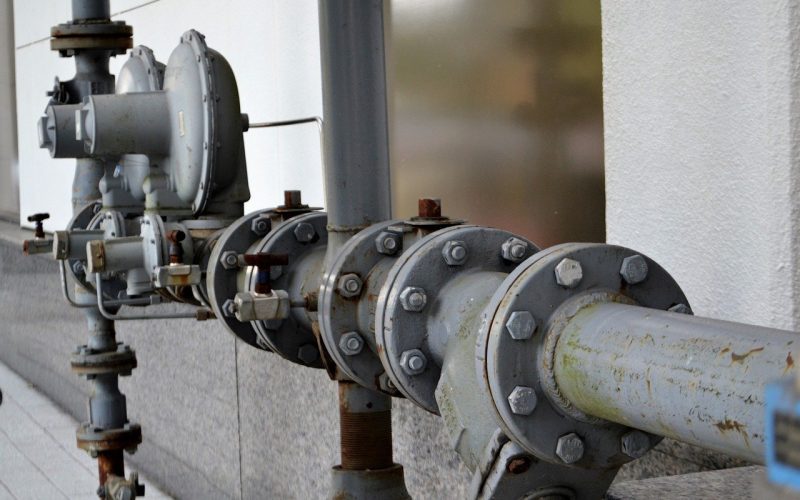Not many people know how groundwater mining systems work. They can be used for various purposes, including irrigation, livestock, and industrial and domestic uses. Domestic wells are widely used in the United States, especially in areas where access to surface water is difficult.
Such a well can supply the water needs of a whole family. But the well in itself is not enough. While it pumps the water out of the ground, it can´t store it or distribute it across the house. For this, a whole water system needs to be installed. It must regulate the water pressure, pipe the water throughout the supply points, and store it.
In the past, people used to dig wells with their own hands, but now it’s a different story. Domestic water systems are built by specialists that analyze the surroundings, choose the right materials and devices, and contemplate the environmental regulations.
Regulations and water quality
Building a well is no easy task. It requires lots of planning and accurate drilling procedures. But the trickiest part is maintenance and quality control. In the US, for example, nearly 15 percent of the population relies on domestic wells to cover their water needs.
State or federal laws do not regulate these self-supplied groundwater systems. Therefore, the well owners are responsible for testing the composition of the water and determining its quality. The USGS has a special program to investigate the quality of the water pumped from these types of wells to prevent potential health hazards.
How it works
The typical domestic water system consists of 6 main elements: The well, the tank, the casing, the screen, the pump, and the tank.
Wells are usually 200-feet deep and drilled with special equipment. To prevent surface water filtrations, the drill hole is covered by a casing that also stops the hole from caving in.
Wells that are built on crumbly soil or sand need a well screen, whose main function is to keep sand and rock particles out of the well. It’s a strainer-like cylinder that acts as a filter. This device is installed at the bottom of the casing. Contractors will choose the right screen size considering the characteristics of the aquifer, i.e., rock fragment sizes, soil type, etc.
One of the most important elements is the pump, which is the device that makes groundwater mining possible. This is generally an electric submersible appliance that’s installed directly inside the well. Its engine activates impellers that push the water upwards towards the surface.
Once it reaches the house, the liquid is stored in a pressurized tank. From here, it’s directed to specific points of the house like the bathroom, kitchen, or laundry room. The tank works as a water storage but not only. It’s responsible for regulating the water pressure, so it reaches the faucets, shower, etc.
The tank regulates the well’s behavior and water availability. When it has enough liquid to supply the household, the pump will stop working. When the water level decreases into a certain range, the pump starts to run and fills the tank again.
The video below shows a graphic of a domestic well-based water system. It includes detailed information about the system’s elements and their functionality.
The construction
What to consider when building a well to supply a household? These are some of the aspects homeowners must consider:
- Amount of water required to meet the household’s needs.
- Drilling point.
- Well yield.
- Reliable water system to provide the needed supply.
- Get professional advice.
The latest point is the most important one. Homeowners must consult with a specialist before drilling. It’s vital to know the regulations that apply, the availability and reliability of groundwater in the area, and the safest drilling point. The contractor will inform about the permits required, the current environmental restrictions, and mandatory construction standards.
When choosing the well location, the contractor will consider the soil’s characteristics, water availability, and potential contamination sources nearby. Based on previous experiences, he/she can advise on the well’s depth and prospective yields.
If the soil has low yields due to low permeability or other factors, the well must be deeper. Thus, it will have the capacity to meet a family’s water needs. Generally, all wells can supply a household. Yet, not all of them can afford to supply a garden and lawn irrigation system.
Types of drilling techniques
- Rotary drilling
- Cable tool drilling
- Jetting
- Driven well points
Casing types
No matter what drilling technique we use, the well always needs a casing. This is a steel or plastic pipe that protects the well’s hole from caving in or being contaminated. The materials are chosen according to the area’s geological conditions and the chemical composition of the local water.
But the diameter of the hole is usually a few inches wider than the diameter of the casing, leaving a space. This space is filled with cement or bentonite, a special clay used for this purpose. This filling is called ‘grout’ and prevents surface water from filling the space between the hole and the casing and traveling downwards. Surface water and other external agents may contaminate the aquifer. For this reason, the well must always remain sealed by a well cap.
Developing the well
With all intakes in place and devices installed, the well is back washed to remove any loose fragments. This procedure stabilizes the adjacent area and is called ‘developing the well’.
Maintenance and responsibility
The misuse of groundwater withdrawal can cause environmental damages, affect neighboring water supplies, and contaminate the aquifers. Homeowners are responsible for checking the water quality and correct functioning of the system at least once a year. Many laboratories offer water samples and instructions to fulfill this task. We highly recommend having the installations revised by an expert regularly.

